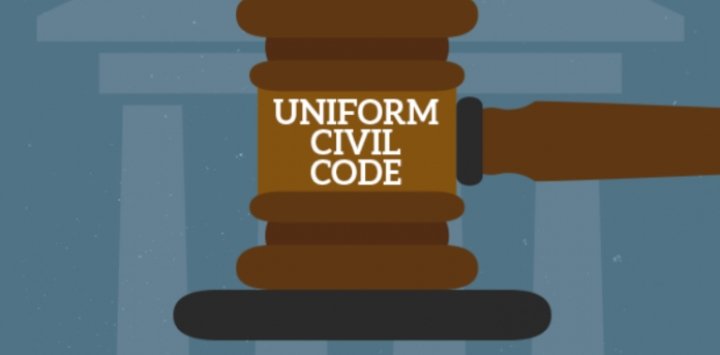Is India ready for Uniform Civil Code ?


The BJP government is all set to bring Uniform Civil Code in Gujarat. On 29th of October, Gujarat home minister Harsh Sanghavi announced that the Gujarat cabinet has decided to implement a uniform civil code (UCC). Gujarat minister Harsh Sanghvi said the state cabinet cleared a proposal to constitute the committee during its meeting. During the press conference organised in Gujarat, Union minister of Fisheries Parshottam Rupala said, “We have been making some demands from our days of youth. For Ram janmabhoomi, for (abrogation of) Article 370 and UCC. I want to congratulate and express my gratitude to chief minister Bhupendra Patel that you have taken the next step towards fulfilling an old demand of BJP. Like Ram Mandir and Kashmir, this issue (of UCC) has been passed by the Gujarat government (in the Cabinet). A committee will be soon formed and based on its report, the way for implementing this law will open up in the state. The committee will be constituted under the leadership of a retired high court judge. The Cabinet has given the chief minister the right to constitute the committee and is expected to comprise of three to four members and its scope of work too will be decided. I believe when the committee will be announced, the timeline too will be declared,”.
Few months ago the debate in the country about Uniform civil code rose after the Delhi High court backed Uniform civil code and asked the centre to take necessary steps to implement it. It’s not the first time courts have asked the centre to bring Uniform civil code in the country. From the Shah Bano case of 1985 to ABC vs the state of 2015 to Jose Paul Coutinho vs Maria Luisa case of 2019, courts have repeatedly asked the government to not run away from their responsibility and implement UCC,but sadly because of the pursuit of Muslim vote bank no government has able to develop a spine to bring UCC so far. Uniform civil code is a colonial legacy left behind by the Britishers. Not only it is under the Directive principles of State policy of constitution but also important for women empowerment (mainly of muslim women). It is also necessary to bring true secularism in the country and get rid of the pseudo secularism with some of the political parties shows. The running away from implementing Uniform civil code by the political parties which are in the left of the political spectrum, clearly shows their anti Hindu bias.
The Delhi High court stirred controversy. Islamic fanatics started to raise their voice against Uniform civil code. Many Islamic fanatics and Islamic fundamentalists started to glorify Sharia law openly after the Delhi High court incident, which clearly shows the mood of a particular community.
The bringing of Uniform civil code will mean the banning of polygamy. As per the Muslim personal law, a Muslim man can have more than one spouse, but after coming of Uniform civil code ,the Muslim man will be entitled to have only one wife. The Uniform civil code will bring uniformity in the child marriage act, and the age for marriage of a girl or a boy will become equal for every community and the Muslim community will not be able to get away from it. Uniform civil code will also give adoption right to all, and will give guardianship rights to Muslim women after divorce.
Even after the concept of Uniform civil code is clearly mentioned in the directive principles of State policy and also is asked by the Indian courts to implement several times, still some political parties are standing against Uniform civil code which clearly shows their Muslim appeasement politics and their anti-hindu stand. Moreover, neither the churches nor mosques are under state control but only Hindu temples. What does it tell about our so called “secular political parties”? Is the Indian state really secular?
Uniform civil code is the need of the hour to get rid of the anti Hindu bias and to crush the muslim appeasement in India and to get away from “Rajiv Gandhi” syndrome. UCC is what India demands !!!
DISCLAIMER: The author is solely responsible for the views expressed in this article. The author carries the responsibility for citing and/or licensing of images utilized within the text.
